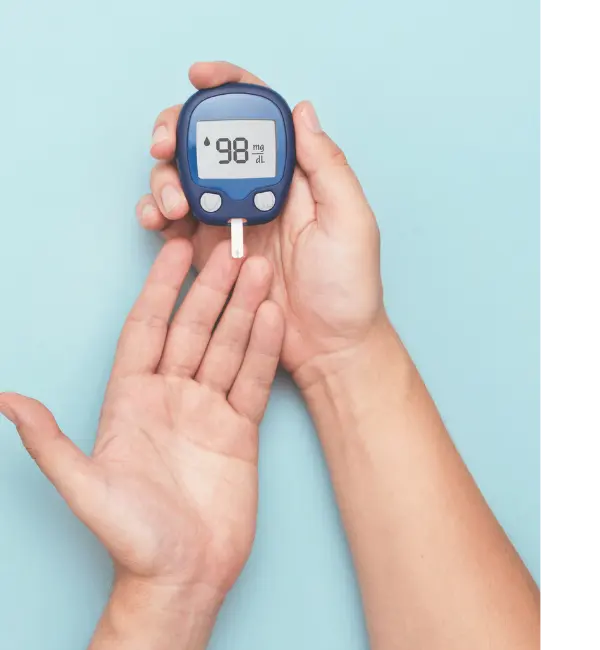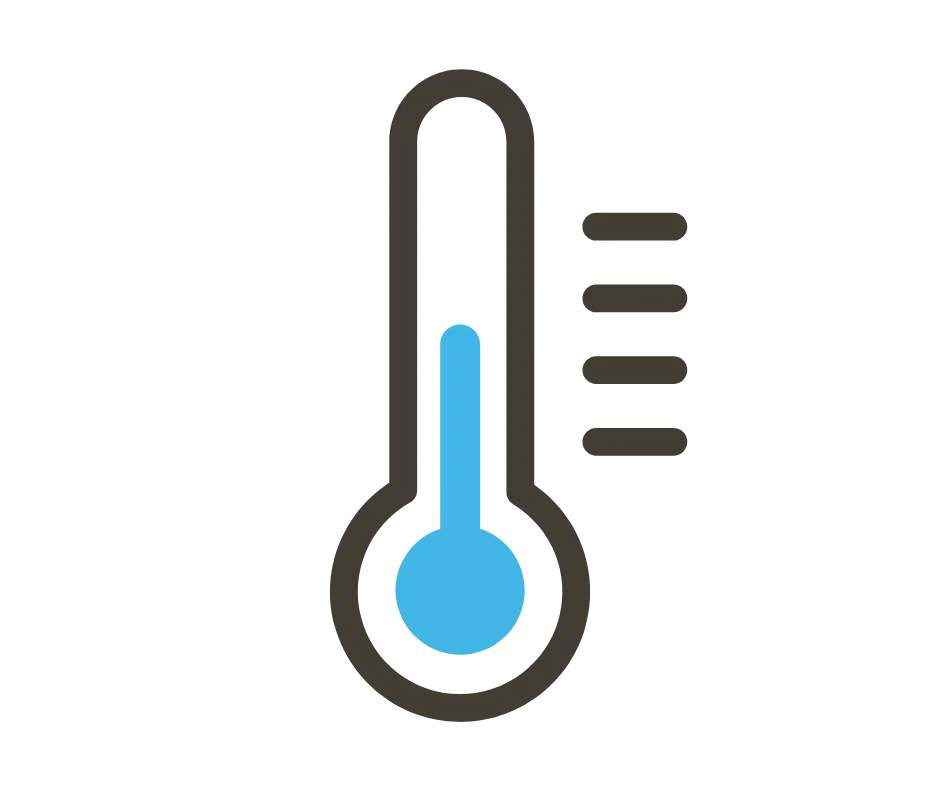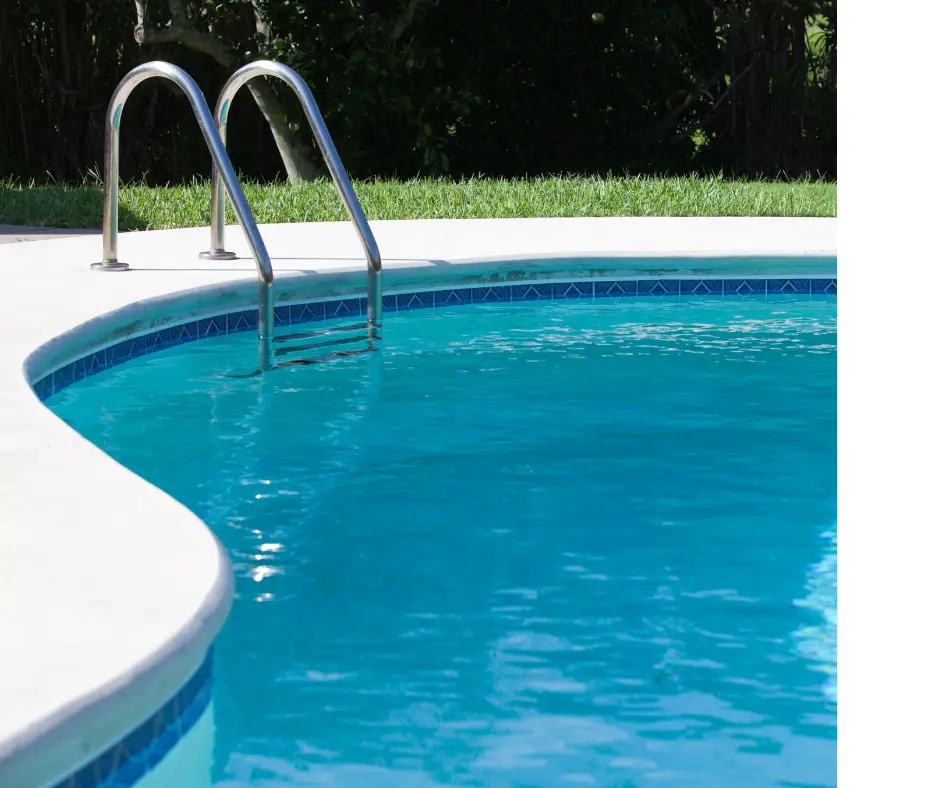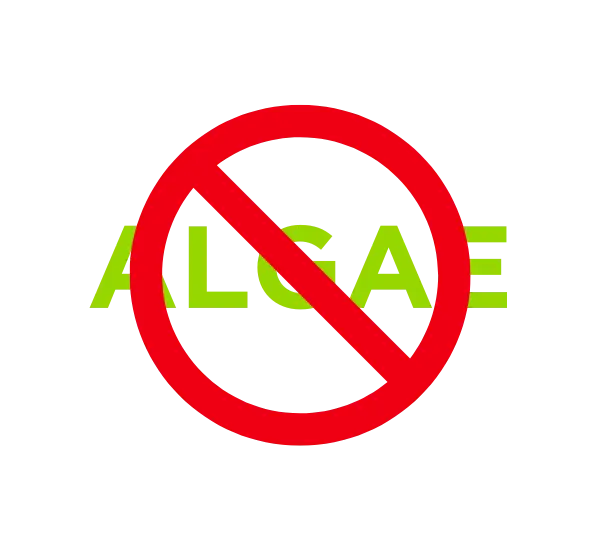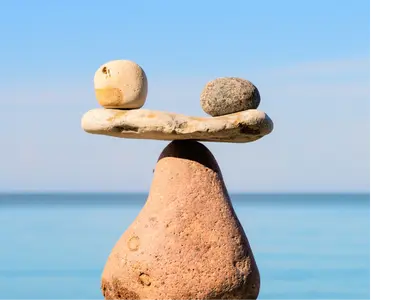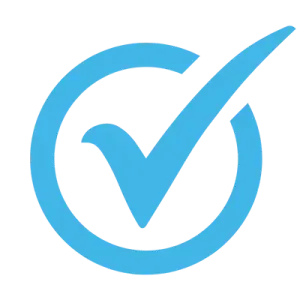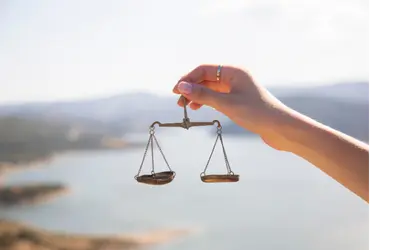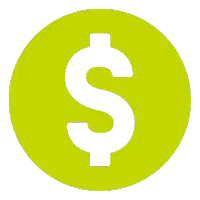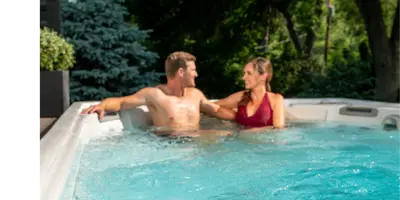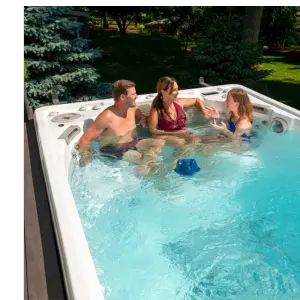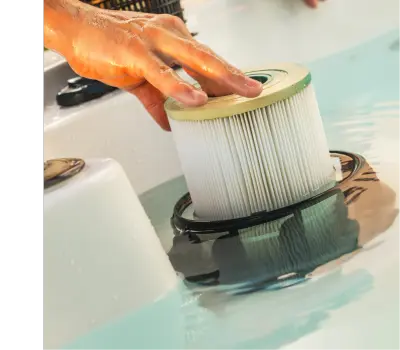Pool Water Balance: Your #1 Priority
When it comes to maintaining your pool, balancing your pool’s water chemistry tops the list. Balanced water means the pool is ready for action, plus, it extends the life of the water, equipment and surfaces and enhances your pool’s appearance.
Start with Total Alkalinity (TA)
Why? Balancing TA first makes it much easier to balance pH.
We recommend that you get your TA balance correct first, because pH and TA adjustments affect one another. Within the ideal ranges, TA acts as a buffer for pH, helping prevent fluctuations in pH levels.
One of the biggest factors that influences your pool sanitizer’s (chlorine) ability to effectively clean the water is your swimming pool’s pH level. If the pH level is below 7.2 chlorine disperses much more quickly, that means you’ll use a lot more chlorine than needed.
On the other hand, if a pool’s pH level is higher than 7.8, chlorine loses its ability to sanitize the water, forcing you to use more chlorine to get the same chlorine concentration as a pool with a balanced pH level. For example, at a pH of 8.2, chlorine concentration can only reach 15%. This means that if you only had to add one dose of chlorine at a pH of 7.2, at a pH of 8.2 you would need to add 5x that amount to get the same chlorine concentration.
Constantly balancing and sanitizing your pool water can seem like a lot of work, especially if you don’t use your pool a lot. However, if you keep your pool’s water chemistry balanced and the sanitizer level in check, your pool will probably last longer and save you the hassle and expense repairs.





